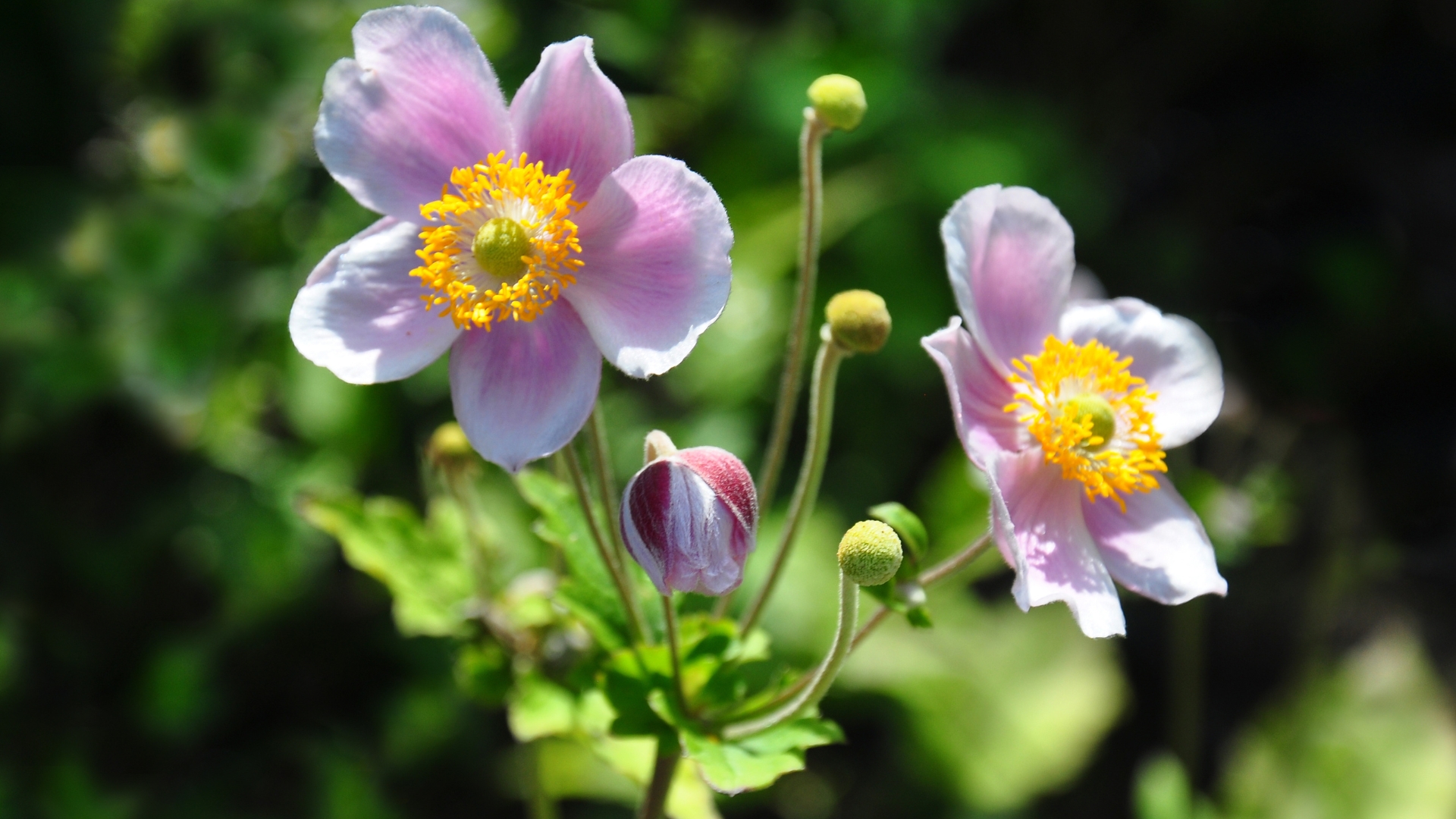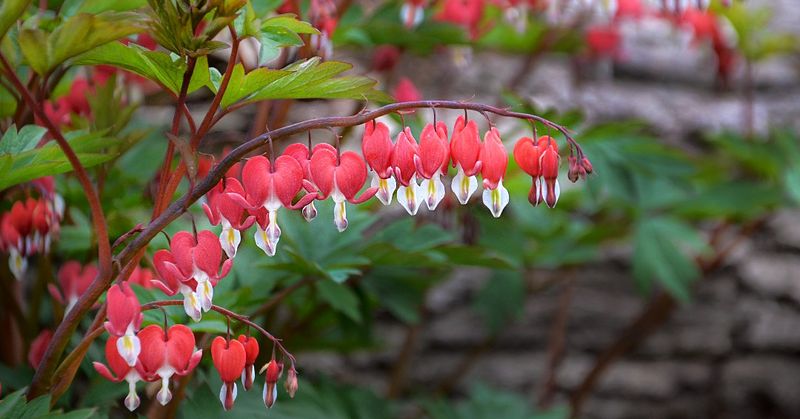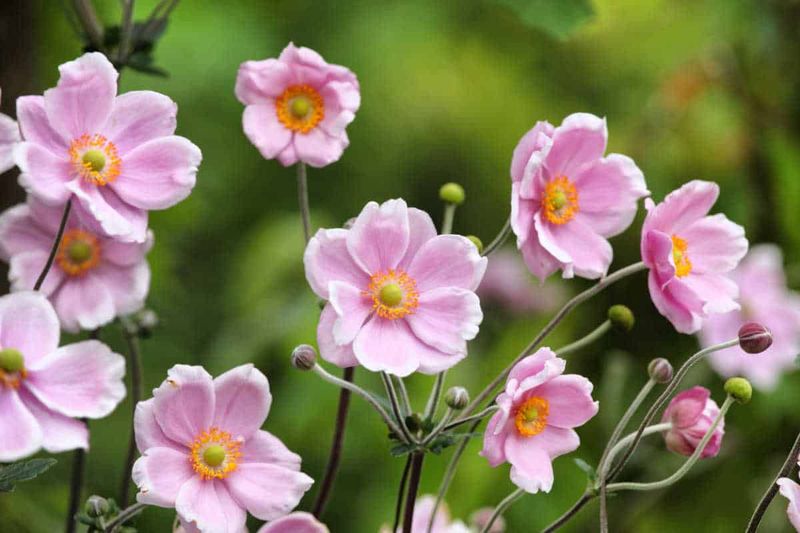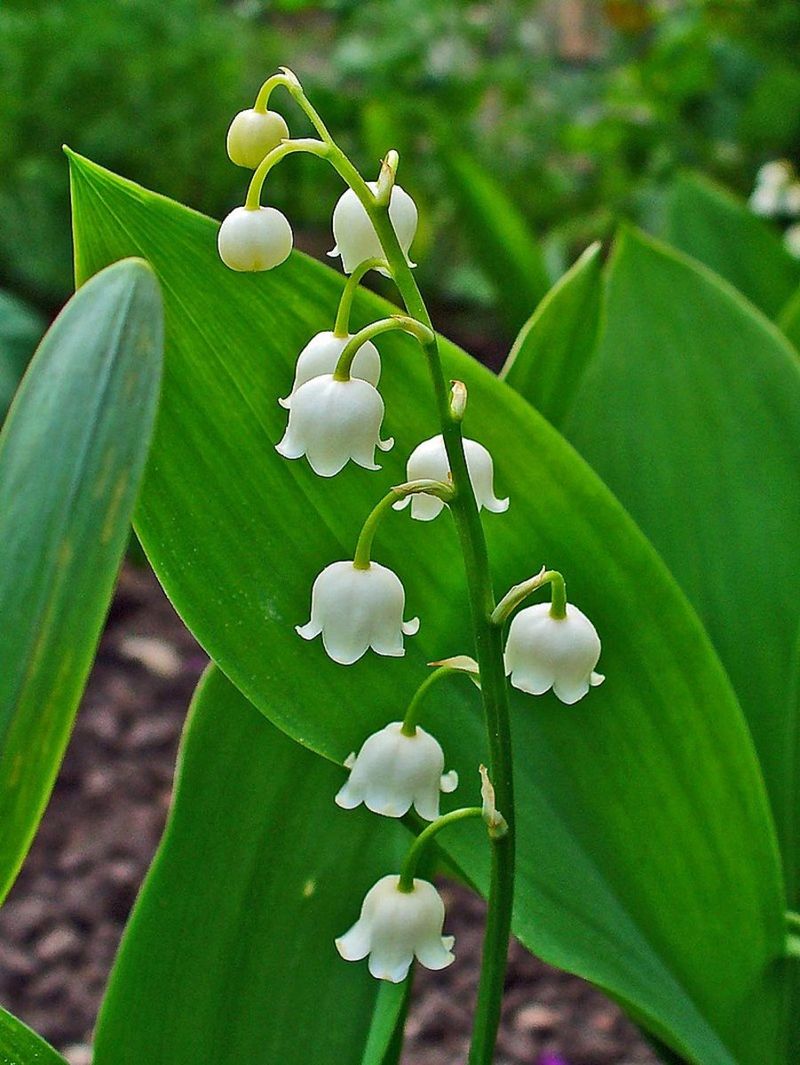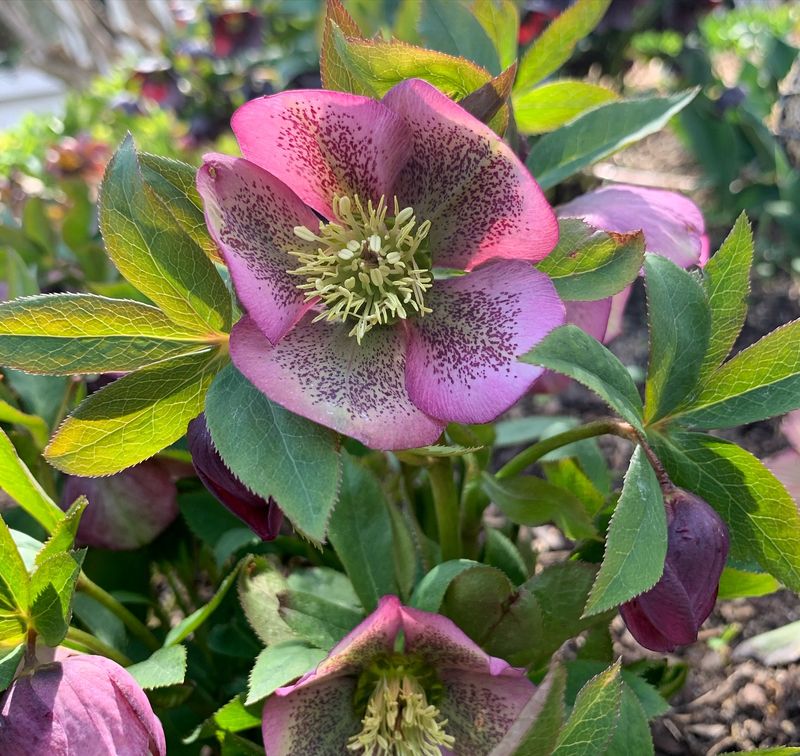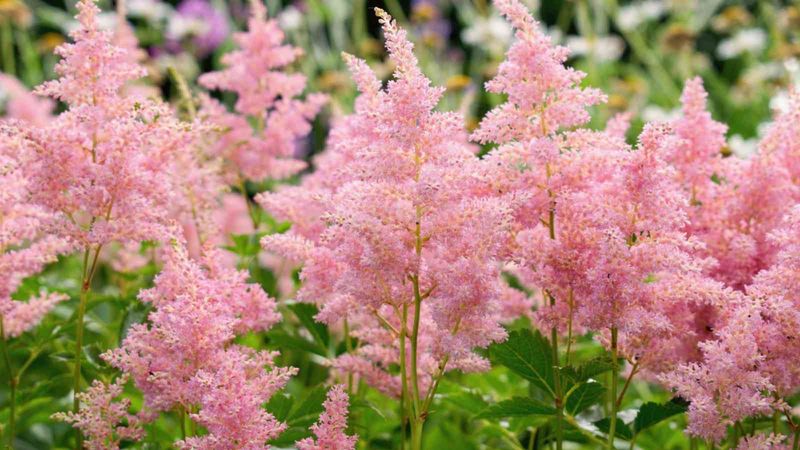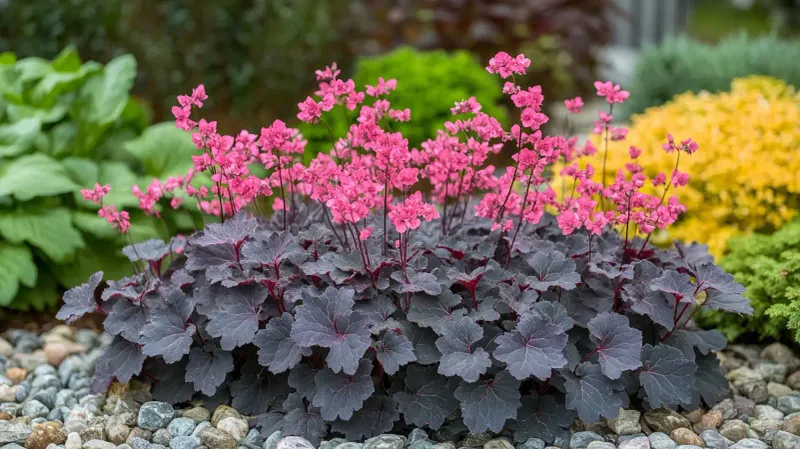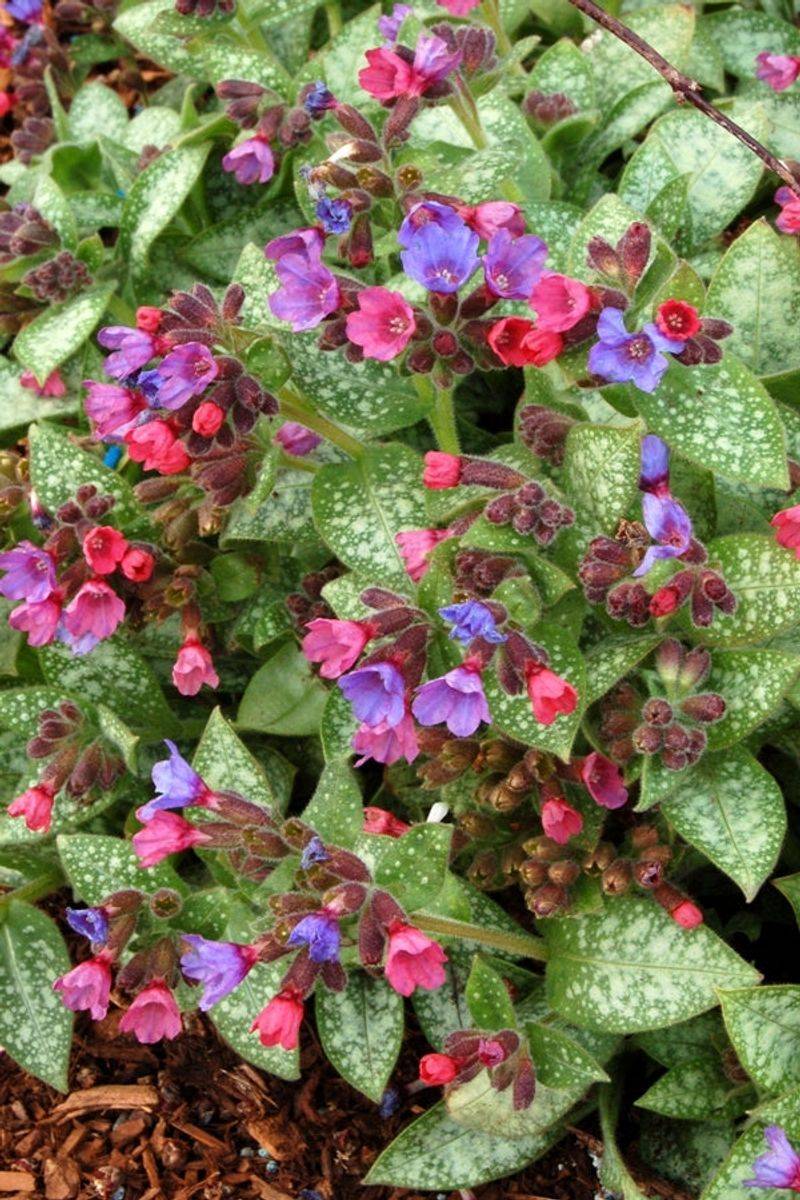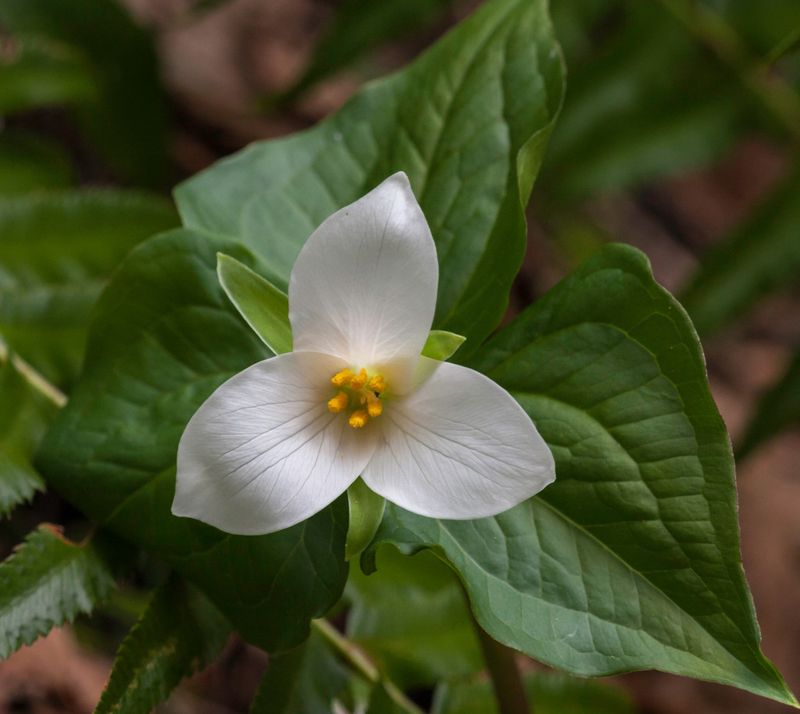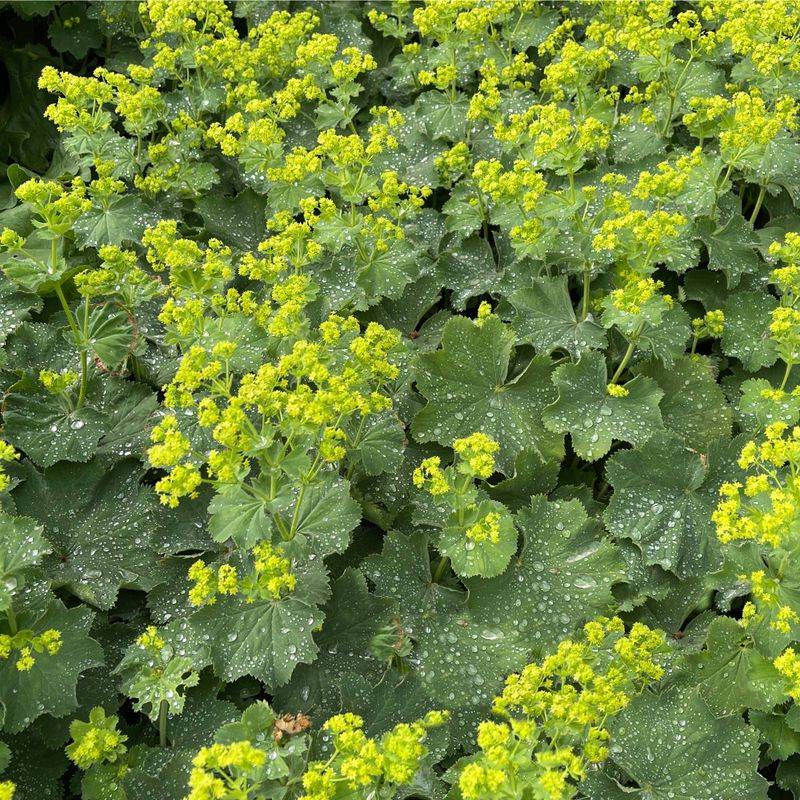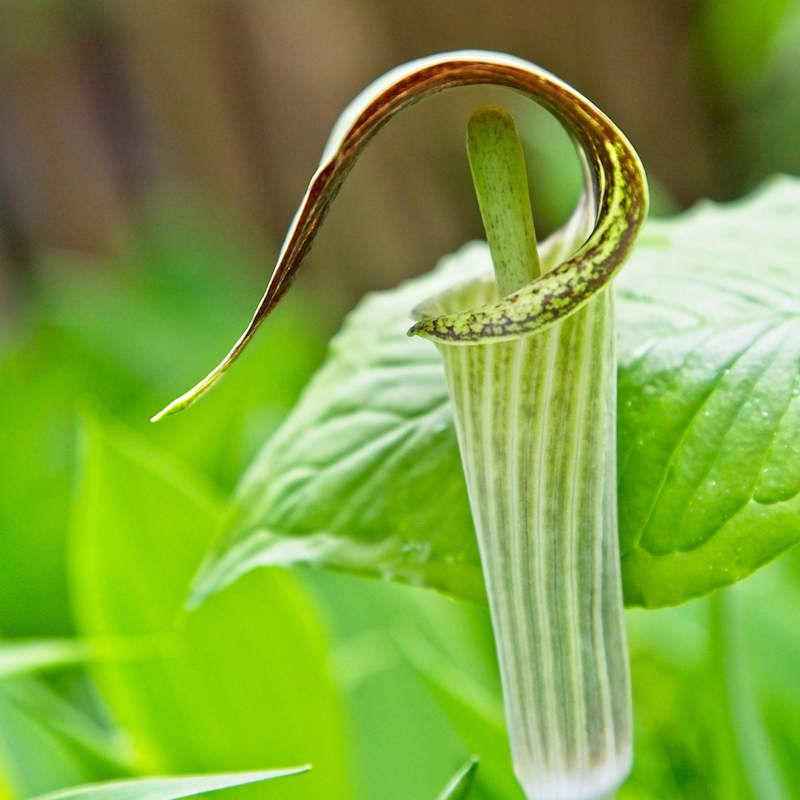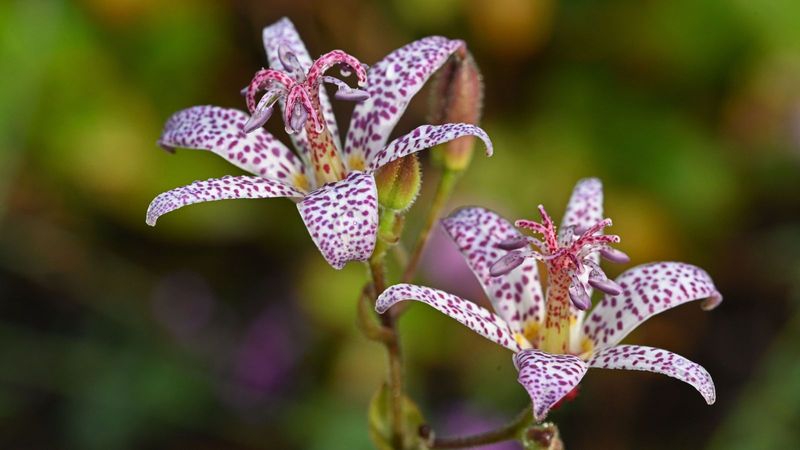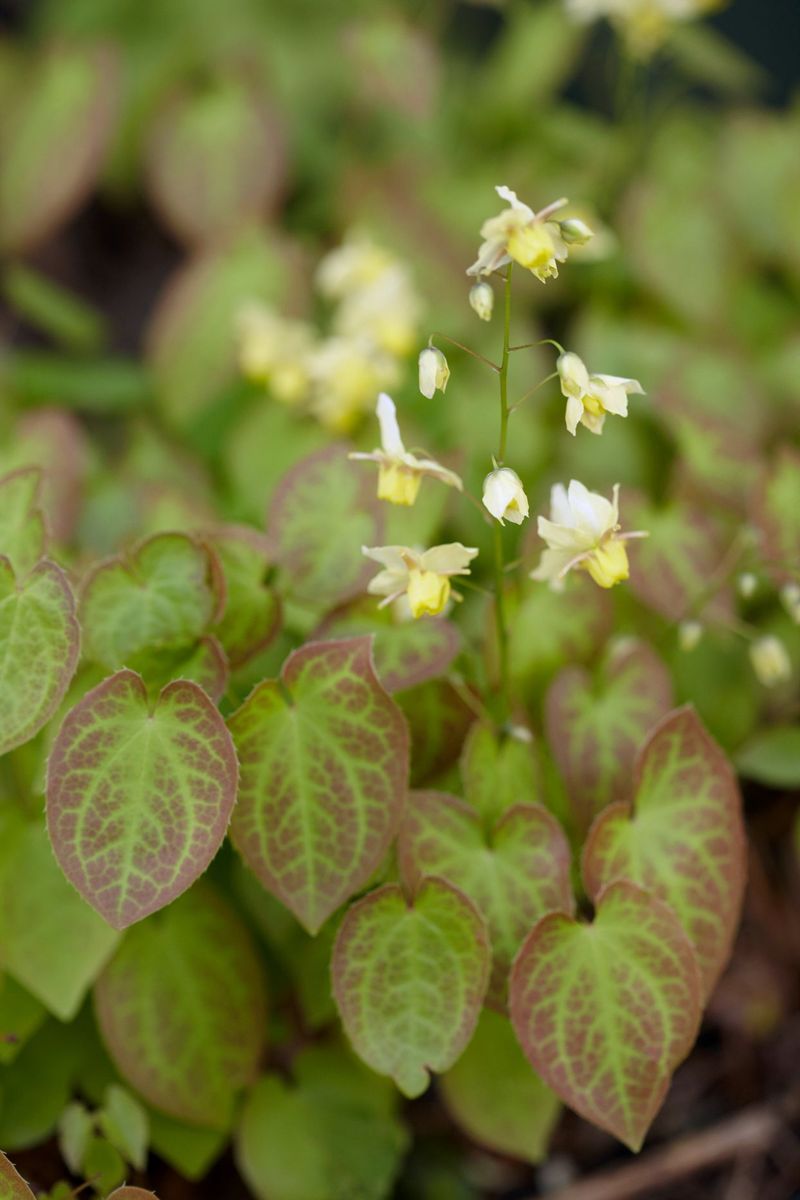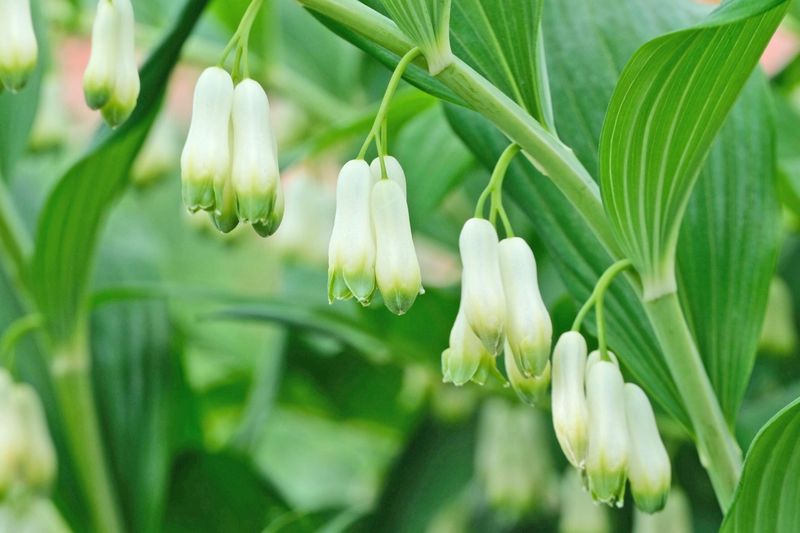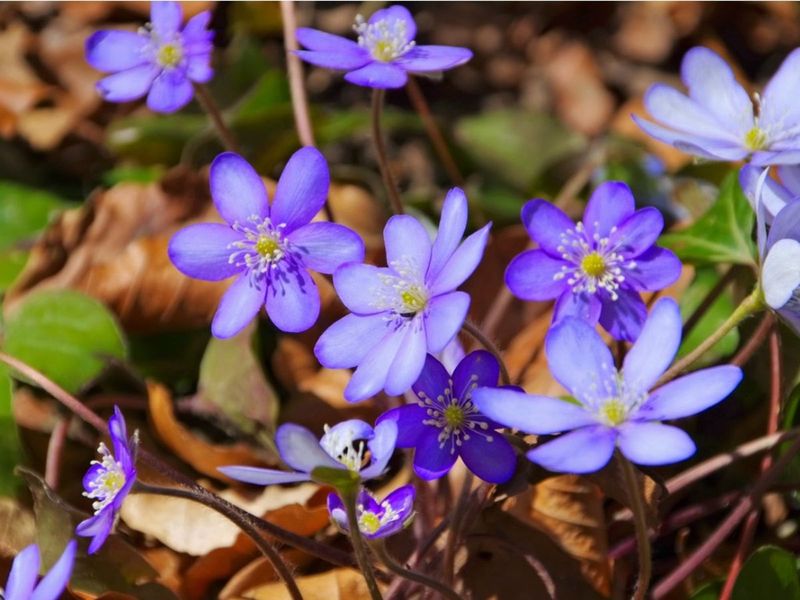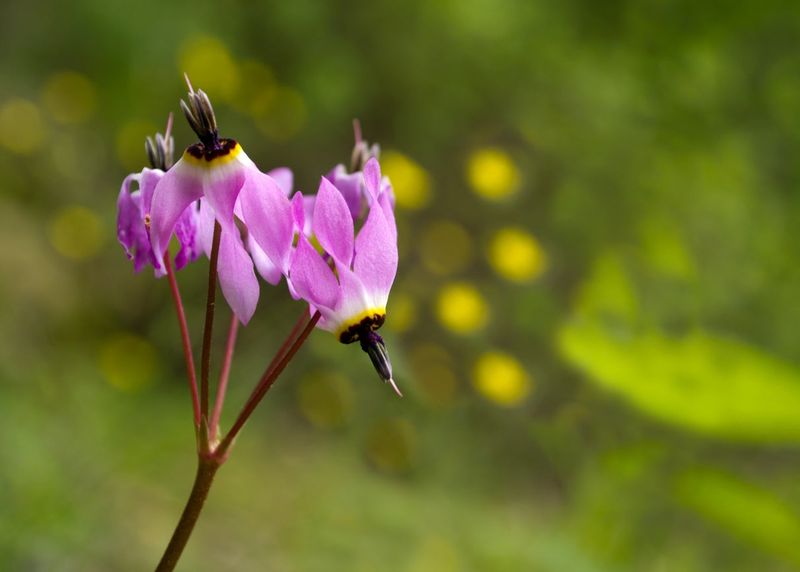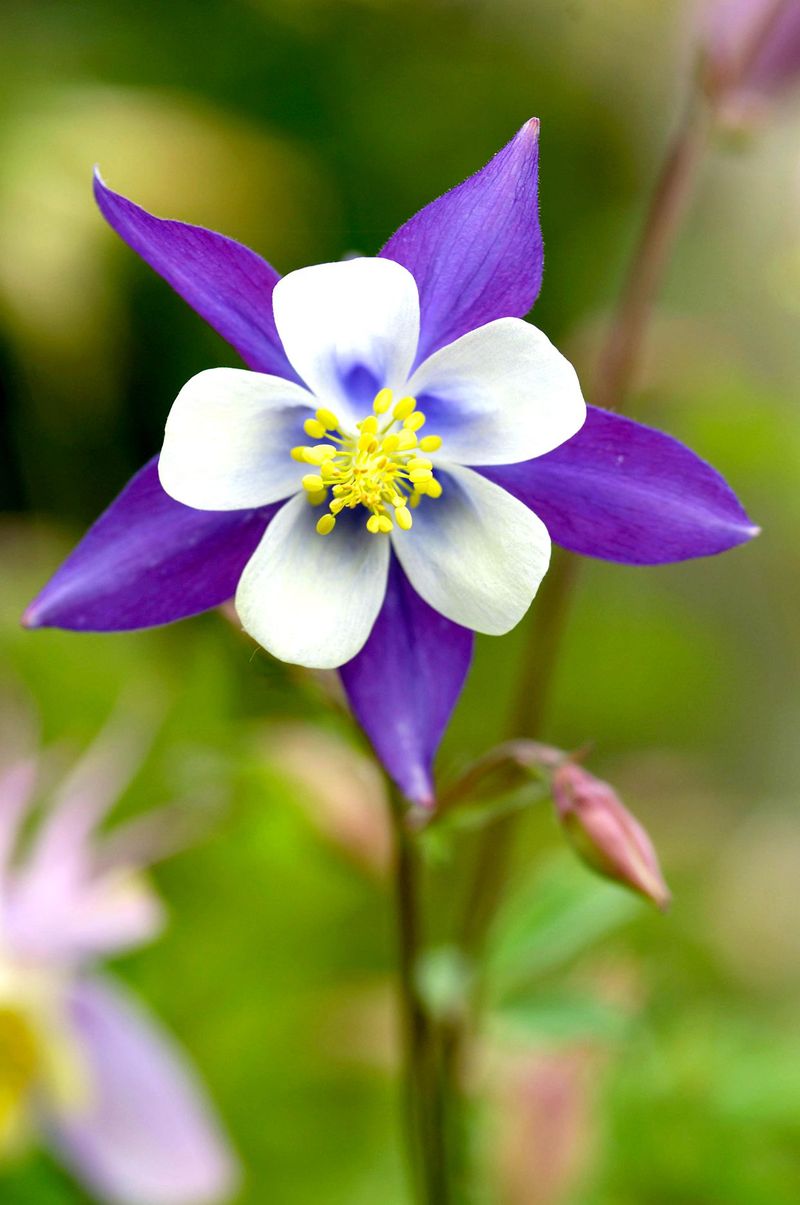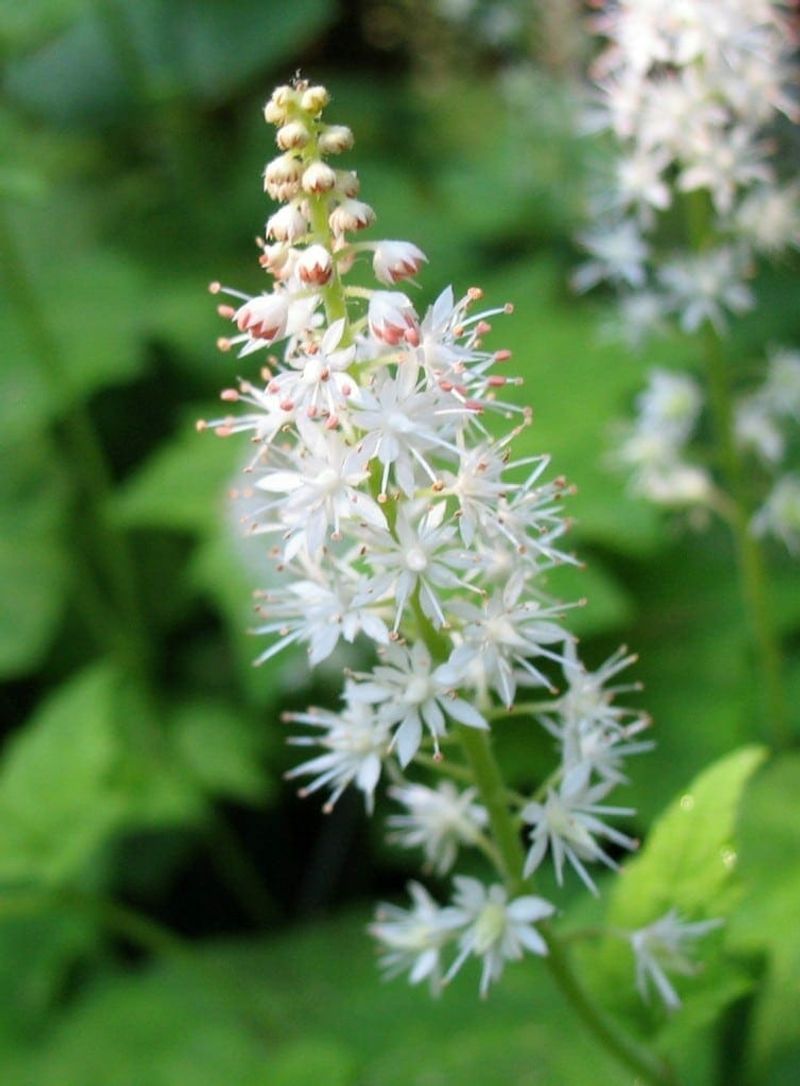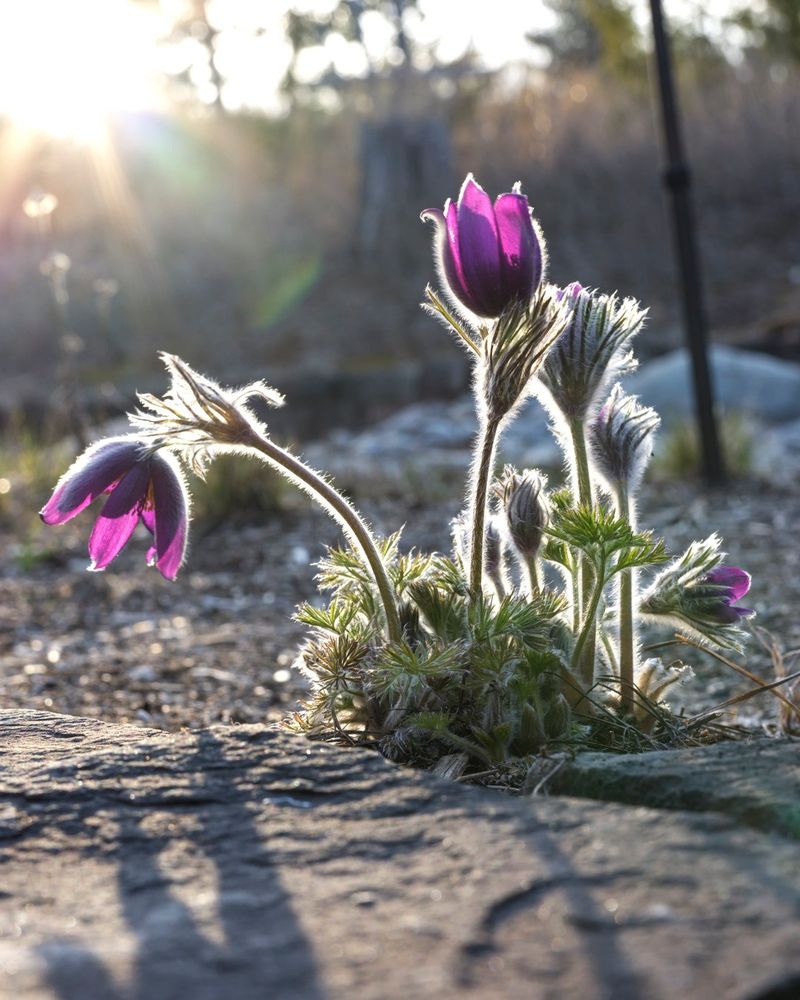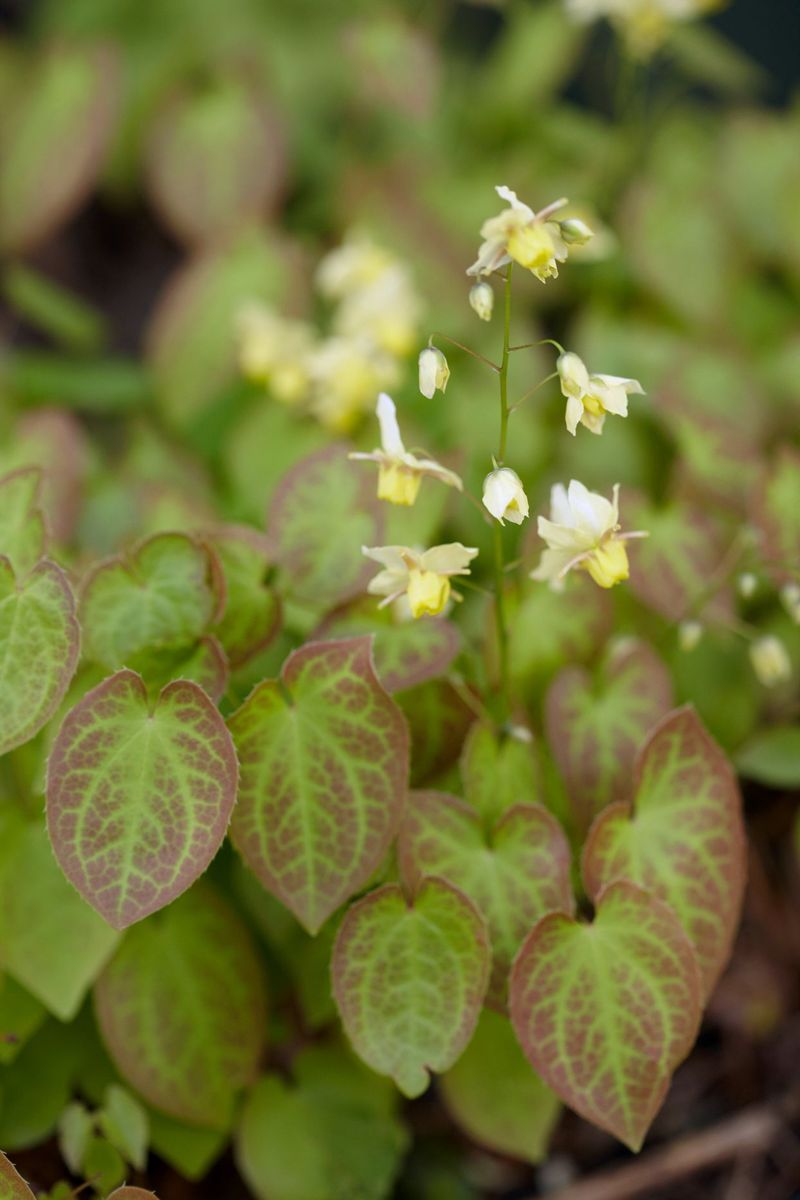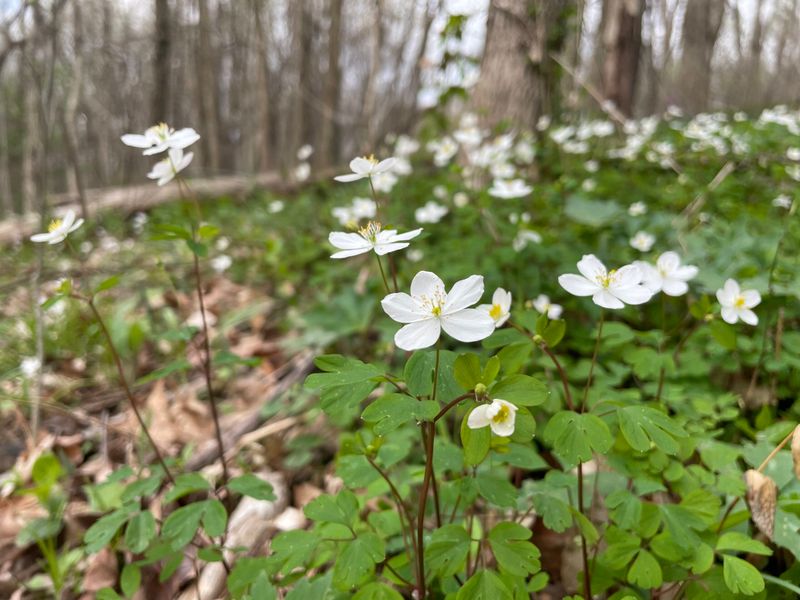Some perennials are shy growers, refusing to spread without a little human intervention. These beautiful but delicate plants need our help to fill garden spaces and reach their full potential. Understanding which perennials need assistance with spreading can transform scattered plantings into lush, abundant garden displays.
1. Bleeding Heart
Romantic and whimsical, bleeding hearts capture gardeners’ hearts with their distinctive dangling blooms. Despite their tough nature, these woodland beauties spread slowly on their own.
Division every 3-4 years in early spring gives them the boost they need. Carefully dig up the plant, separate the roots with a sharp knife, and replant the divisions with plenty of organic matter.
Their shallow root systems make them perfect candidates for gentle division and relocation throughout your shade garden.
2. Japanese Anemone
Graceful dancers of the autumn garden, Japanese anemones bring late-season color when most perennials have finished their show. Their delicate, wind-swayed blooms belie a reluctance to spread quickly.
Root cuttings offer the best method for increasing your collection. In early spring, dig carefully around the plant’s perimeter and snip 2-inch sections of the thicker roots.
Place these cuttings horizontally in trays of moist potting soil, cover lightly, and new plants will emerge within weeks.
3. Lily of the Valley
Fragrant bells of happiness, lily of the valley might seem invasive in some gardens but can be surprisingly stubborn in others. Soil conditions greatly affect their spreading habit – too dry and they’ll sulk rather than multiply.
Fall division works wonders for these spring bloomers. Look for the small pips (growth points) along the rhizomes and separate them carefully with at least one root attached to each.
Plant immediately in rich, moist soil amended with leaf mold for best results, spacing pips about 3 inches apart.
4. Hellebore
Winter’s quiet heroes, hellebores bloom when snow still blankets the ground. Their nodding flowers in shades from white to deep purple appear on sturdy stems, but these long-lived perennials form tight clumps that rarely venture far.
Seed collection presents the easiest path to more plants. Allow seedheads to mature, then collect and sow fresh in trays of well-draining mix.
Be patient – germination can take months and flowering may not occur for 2-3 years, but the genetic diversity makes each new plant a surprise worth waiting for.
5. Astilbe
Feathery plumes reaching skyward, astilbes bring architectural interest to damp, shady corners. Their fluffy flower spikes range from white to deep red, but these moisture-lovers form tight clumps that expand slowly.
Division every 4-5 years reinvigorates plants and creates new colonies. Spring or fall work equally well – use a garden fork to lift the entire clump, then separate the woody crown with a sharp knife.
Each division should have several growth eyes and healthy roots. Replant immediately and keep consistently moist until established.
6. Coral Bells
Foliage stars of the garden world, coral bells (Heuchera) offer leaves in colors from caramel to purple to silver. Their tiny bell-shaped flowers dance on wiry stems above colorful mounds, but they’re slow to form large patches.
Division rejuvenates older plants that develop woody centers. Dig carefully in spring, preserving as many roots as possible, and cut through the crown to create sections with several leaves each.
For even more plants, try leaf cuttings – remove a leaf with its petiole, insert into moist potting mix, and watch as new plants form at the base.
7. Lungwort
Spotted leaves resembling diseased lungs gave lungwort its unfortunate name, but these spring bloomers deserve more credit. Their blue-to-pink flowers emerge before most perennials wake up, while their silver-dappled foliage provides season-long interest.
Clump division after flowering helps these woodland natives spread. Carefully lift the entire plant, separate sections with several leaves and roots, and replant immediately.
Water thoroughly after division and provide shade for a few days while they recover. Their shallow roots establish quickly in humus-rich soil.
8. Trillium
Forest jewels with their distinctive three-petaled flowers, trilliums represent the epitome of woodland gardening. Patient growers will find these native wildflowers increase very slowly from their underground rhizomes.
Seed propagation requires special handling. Collect seeds when ripe and sow immediately – they need a warm period followed by cold stratification to germinate successfully.
Avoid dividing established plants as they resent root disturbance. Instead, create perfect habitat with leaf-rich soil, consistent moisture, and protection from deer to encourage natural, if slow, spread.
9. Lady’s Mantle
Morning dew collects like liquid diamonds on the scalloped leaves of lady’s mantle, creating garden magic. The chartreuse flower clusters add frothy texture to borders, but in many gardens, these European natives need help multiplying.
Division in spring or fall creates instant new plants. Dig up the entire clump, separate into smaller sections ensuring each has roots and several leaves, then replant promptly.
Encourage self-seeding by allowing some flowers to form seeds, then gently press fallen seeds into soil rather than deadheading all spent blooms.
10. Jack-in-the-Pulpit
Woodland curiosities with their hooded flowers and later bright red berries, jack-in-the-pulpits bring whimsy to shade gardens. These native plants develop slowly from corms that increase in size each year.
Berry collection offers the best multiplication method. Harvest the bright red berries in fall, mash them gently to separate seeds, and sow immediately in flats of woodland soil.
Cold stratification over winter triggers spring germination. Seedlings may take 3-7 years to flower, requiring patience but rewarding gardeners with distinctive architectural specimens.
11. Toad Lily
Exotic-looking spotted blooms make toad lilies autumn garden treasures. Their orchid-like flowers speckled with purple dots appear when most perennials have finished blooming, but they form tight clumps that expand slowly.
Division after flowering helps increase your collection. Carefully dig around the plant’s perimeter, lift the entire clump, and separate sections with a sharp knife, ensuring each division has several growth points.
Replant immediately in humus-rich, moist soil and water thoroughly. Their shallow root systems establish quickly when kept consistently moist.
12. Epimedium
Fairy wings dancing above heart-shaped leaves, epimediums bring delicate beauty to dry shade – gardening’s most challenging condition. Their new spring growth often appears bronzy-red before turning green, while their dainty flowers hover on wiry stems.
Division every 3-4 years helps these tough-but-slow spreaders. Early spring works best, just as new growth emerges.
Use a sharp spade to slice through the woody rhizomes, creating sections with multiple growth points. Their tenacious nature means even small divisions typically survive, though larger pieces establish faster.
13. Solomon’s Seal
Elegant arching stems lined with dangling bell-shaped flowers make Solomon’s seal a woodland garden standout. The graceful architecture and white-tipped green flowers provide vertical interest in shady spots, but their rhizomes spread modestly.
Division in early spring or fall helps these natives colonize. Carefully dig up a section of rhizome, preserving as many roots as possible.
Cut into 3-inch sections, each with at least one growth bud (the “seal” that gives them their name), and replant horizontally just below the soil surface. New shoots will emerge the following spring.
14. Hepatica
Early spring treasures, hepaticas produce starry flowers in shades of blue, pink, or white before their distinctive three-lobed leaves fully emerge. These woodland natives form tight clumps that increase slowly even in ideal conditions.
Seed collection offers a gentle approach to propagation. Allow seed heads to mature, then collect and sow fresh in trays of woodland soil mix.
Cold stratification over winter triggers spring germination. Protect seedlings from excessive heat and drought, transplanting them to permanent locations once they develop several true leaves.
15. Shooting Star
Whimsical blooms resembling tiny comets make shooting stars (Dodecatheon) garden conversation pieces. Their swept-back petals in pink or white appear in spring above rosettes of leaves that often go dormant in summer heat.
Division works best when plants are dormant in late summer or early fall. Carefully dig up the tuberous roots, separate into sections with at least one growth eye, and replant immediately.
Mark dormant plants with stakes to avoid accidental digging. Fresh seeds can also be collected and sown in fall, though they require cold stratification to germinate successfully.
16. Columbine
Dancing on slender stems, columbine flowers with their distinctive spurred petals bring airy charm to gardens. Available in nearly every color, these spring bloomers self-seed in some gardens but remain frustratingly contained in others.
Encouraging seed production creates more plants. Allow seedheads to ripen fully, then collect and sow fresh seeds directly in the garden where you want new plants.
Lightly press seeds into soil without covering completely, as they need light to germinate. Fall sowing works best, allowing seeds to receive natural cold stratification over winter.
17. Foam Flower
Frothy white or pink flower spikes rising above maple-shaped leaves give foam flowers their fitting name. These native woodland perennials form semi-evergreen mats that spread gradually through short rhizomes.
Division in spring after flowering helps increase coverage. Carefully dig up sections of the plant, ensuring each division has several leaves and roots attached.
Replant immediately in humus-rich soil and water thoroughly. Their shallow roots establish quickly when kept consistently moist, creating charming ground covers for shady spots.
18. Pasque Flower
Early spring sentinels, pasque flowers produce silky, cup-shaped blooms in purple, blue, or white, followed by feathery seedheads. Their name comes from flowering around Easter (Paschal) time in many regions.
Seed collection offers the best propagation method. Allow the distinctive feathery seedheads to mature, then gather and sow fresh in pots of well-draining soil.
Cover seeds lightly with grit, as darkness aids germination. Cold stratification speeds up the process – refrigerate pots for 4-6 weeks before moving to a cool greenhouse to sprout.
19. Barrenwort
Heart-shaped leaves with spiny edges make barrenwort (Epimedium) distinctive even when not in bloom. New growth often emerges bronzy-red, while their dainty flowers with distinctive spurs appear on wiry stems in spring.
Division every 4-5 years helps these slow-spreading ground covers. Early spring before flowering works best – use a sharp spade to cut through the tough rhizomes.
Ensure each division has several leaves and roots attached. Their drought tolerance once established belies their need for consistent moisture during the establishment period after division.
20. Rue Anemone
Delicate beauty defines rue anemone, with its small white flowers dancing above finely divided foliage in early spring. These native woodland ephemerals bloom briefly before setting seed and going dormant for summer, making them easy to forget until next year’s show.
Seed collection requires vigilance. Gather seeds as soon as they ripen and sow immediately in trays of woodland soil.
Their double dormancy requirement means seeds typically germinate not the following spring but the one after that. Protect dormant seedlings from disturbance and excessive heat while waiting for their eventual emergence.

